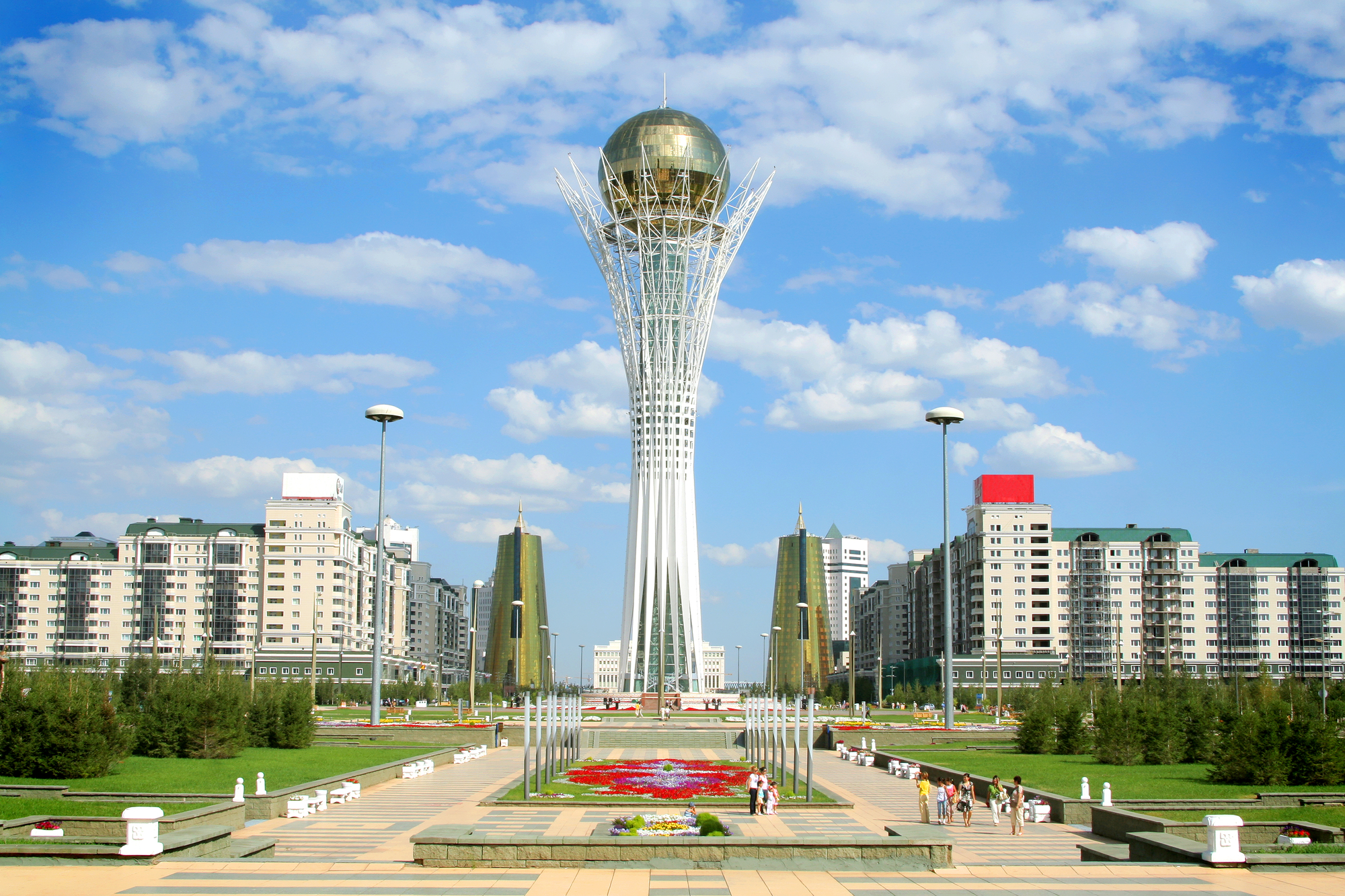Kazakhstan, a land of vast plains, towering mountains, and bustling cities, is a country rich in diversity and contrasts. As the ninth-largest country in the world, it straddles Eastern Europe and Central Asia, offering a unique blend of cultures, traditions, and modernity that makes it a fascinating subject of study and exploration. In this concise article, we delve into the multifaceted nature of Kazakhstan, exploring its geography, cultural diversity, economic dynamics, and the challenges and opportunities it faces in the contemporary world.
Geographical Diversity
Kazakhstan’s geography is as diverse as it is vast. From the Caspian Sea in the west to the Altai Mountains on its eastern border with China and Russia, the country encompasses a variety of landscapes. The steppe, a vast belt of dry grassland, forms the heartland of the country and has been a corridor for migration and trade for centuries. In the south, the rugged Tien Shan and Altai mountain ranges are home to snow leopards and stunning alpine lakes, while the north is characterized by the vast Siberian taiga. This geographical diversity has not only shaped the country’s history and culture but also its economic development and environmental challenges.
Cultural Melting Pot
Kazakhstan’s cultural landscape is as varied as its physical one. Historically, it has been a crossroads between East and West, a place where nomadic tribes, Silk Road merchants, and great empires have left their mark. Today, Kazakhstan is home to more than 130 ethnic groups, including Kazakhs, Russians, Uzbeks, Ukrainians, and Uighurs, each contributing to the country’s rich tapestry of cultures. This diversity is reflected in the country’s languages, religions, and traditions. While Kazakh and Russian are the official languages, a multitude of languages are spoken across Kazakhstan, showcasing its multicultural identity.
Economic Ambitions and Challenges
Economically, Kazakhstan has undergone significant transformations since gaining independence from the Soviet Union in 1991. Blessed with abundant natural resources, including oil, gas, and minerals, it has become Central Asia’s largest economy. The country has embarked on ambitious modernization and diversification programs, aiming to reduce its dependency on oil and develop sectors like finance, agriculture, and technology. However, this transition is not without its challenges. Economic reforms, while promising, have been uneven, and the economy still faces issues related to corruption, bureaucracy, and the need for greater diversification.
Environmental and Social Challenges
Kazakhstan’s vast landscapes and natural beauty are under threat from environmental degradation. Issues such as water scarcity, particularly in the Aral Sea region, land degradation, and pollution pose significant challenges. The government and various NGOs are working towards sustainable solutions, but progress is slow and the scale of the challenge is immense.
Socially, Kazakhstan is navigating the complexities of maintaining its rich cultural heritage while fostering a sense of national identity among its diverse population. Efforts to promote Kazakh language and culture coexist with the need to ensure inclusivity and rights for all ethnic and linguistic groups.
Looking Forward
Kazakhstan stands at a crossroads, with the potential to play a significant role in regional and global affairs. Its strategic location, vast resources, and ambitious plans for the future make it a country to watch. However, the path forward is complex, requiring balanced development, environmental stewardship, and social cohesion.
In conclusion, Kazakhstan is a country of many facets, offering lessons and opportunities in its diversity, challenges, and aspirations. Its journey towards a prosperous and sustainable future is not just significant for its people but for the broader region and the world.










